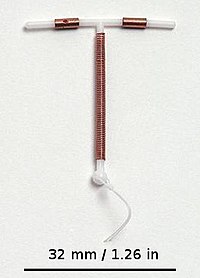
Photo from wikipedia
A myriad of pensile but pertinent issues found in the optical fiber sensors can be sought resolution based on the antiresonant reflecting optical waveguide (ARROW) working principle. Due to its… Click to show full abstract
A myriad of pensile but pertinent issues found in the optical fiber sensors can be sought resolution based on the antiresonant reflecting optical waveguide (ARROW) working principle. Due to its compact structure, the anti-resonance based sensor has several advantages such as high sensitivity response, low confinement loss, and high stability that make the sensor more effective for health monitoring. In this manuscript, an anti-resonance fiber sensor has been proposed for the detection of tuberculosis cells. An analytical structure has been explored to simulate the characteristics of the ARROW. For the suggested structure, the Finite Element Method (FEM) is used to conduct its numerical investigations. The proposed optical sensor working on the ARROW principle was implemented on the Comsol Multiphysics software. From the numerical analysis, it is noted that the designed sensor has reached around 99% sensitivity with negligible confinement loss and single modality due to the excellent light-guiding properties of the anti-resonance fiber. Besides, lots of optical parameters such as effective area, V-Parameter, spot-size along beam divergence have been calculated over the wide wavelength region. The achieved result indicates the various application’s suitability of Antiresonant Hollow-Core Fiber (ARHCF) as a tuberculosis sensor.
Journal Title: Physica Scripta
Year Published: 2021
Link to full text (if available)
Share on Social Media: Sign Up to like & get
recommendations!